XRP is hot and it is probably setting up for another big rally. That’s the message from the price chart and options market.
The payments-focused cryptocurrency is down 10% this week. The pullback, however, has taken the shape of a bull flag. This technical analysis pattern usually slopes in the opposite direction of the preceding sharp uptrend and, more often than not, recharges bulls’ engines for further gains.
“The breakout should be expected in the direction of the preceding trend, provided it is steep and sharp,” Charles Kirkpatrick, a chartered market technician and the president of Kirkpatrick & Company, Inc, said in the book “Technical Analysis, the Complete Resource For Finance Market Technicians.”
“Flags preceded by a rise of 90% or more have almost zero failure rate and an average return of 69%,” Kirkpatrick added.
XRP is forming a bull flag after a rally of nearly 500% to $2.9 in the four weeks to Dec. 3. An eventual breakout would mean scope for a rally to $5. The potential level is identified by adding the magnitude of the preceding uptrend to the breakout point, currently at around $2.5 in what is known as a measured height method in technical analysis terminology.

Interestingly, activity is heating up in the $5 strike call options on Deribit, offering an asymmetric upside to buyers on a potential move above that level.
The $5 call is the second-most traded XRP option of the past 24 hours, with a volume of 1.7 million contracts, according to data source Amberdata. (One contract represents 1 XRP).

Besides, Deribit data shows the $5 call is the most popular out-of-the-money or higher strike call option with an open interest of 1.25 million. The increased activity indicates a bullish positioning, assuming the buyers are traders, not market makers.
Still, readers might want to note that technical analysis patterns do not always work as intended, and options market positioning can flip quickly per evolving price trends. As such, tracking the broader market sentiment is pivotal.








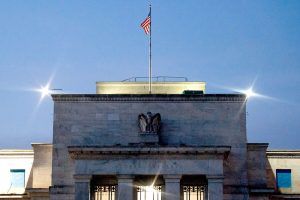



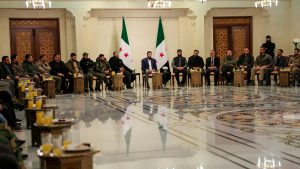




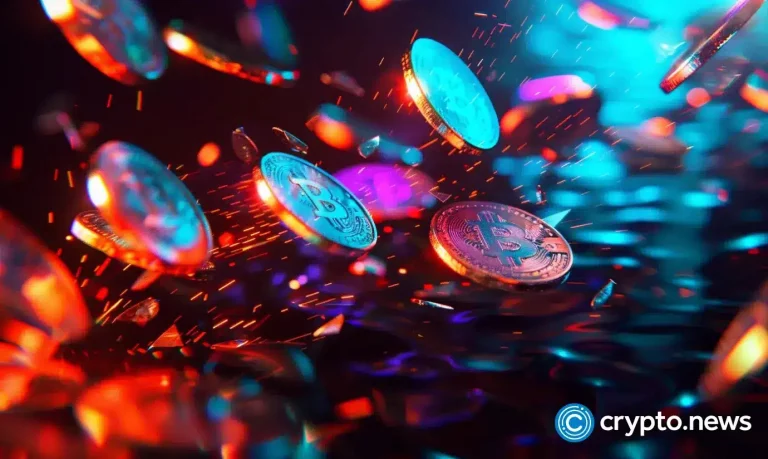
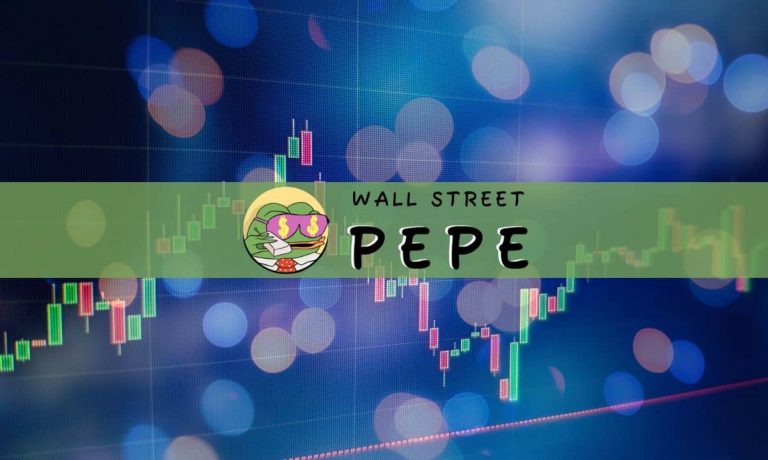
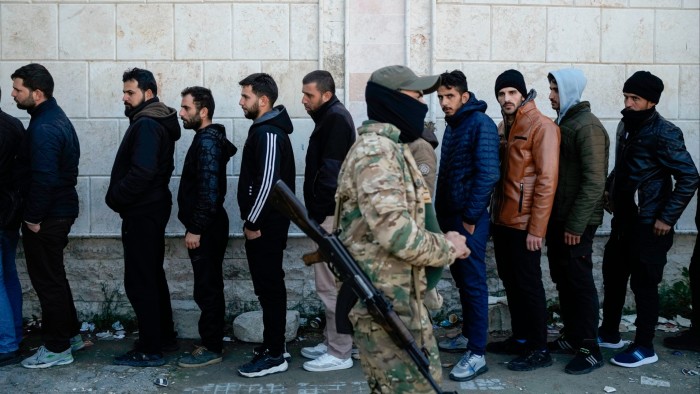





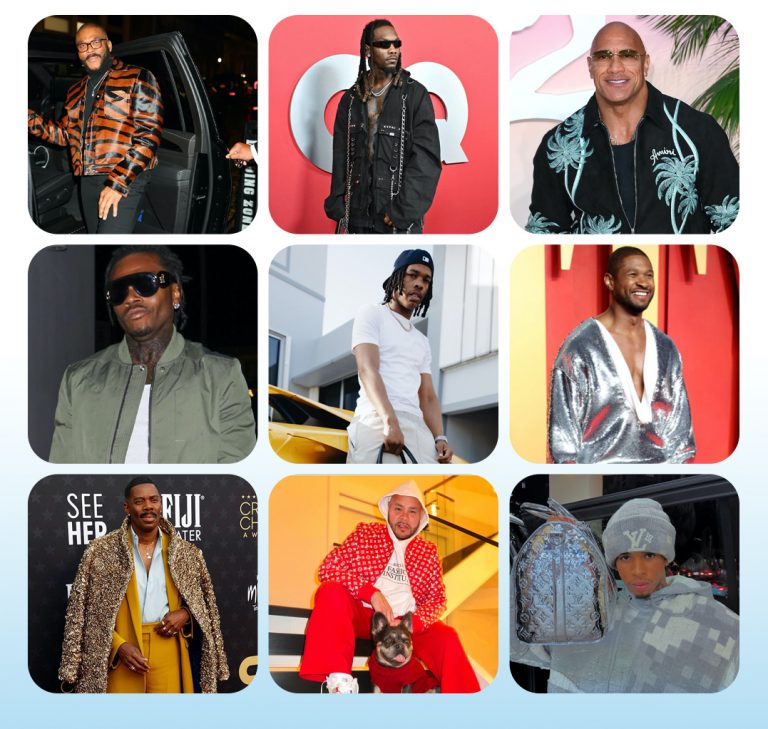
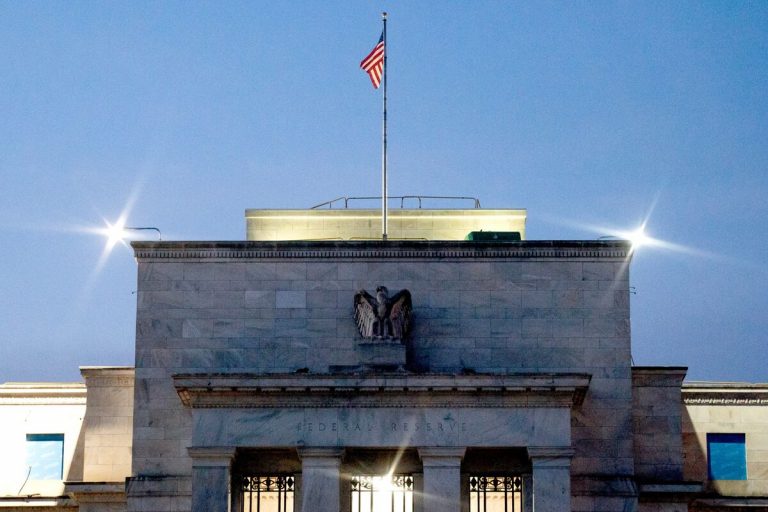
+ There are no comments
Add yours